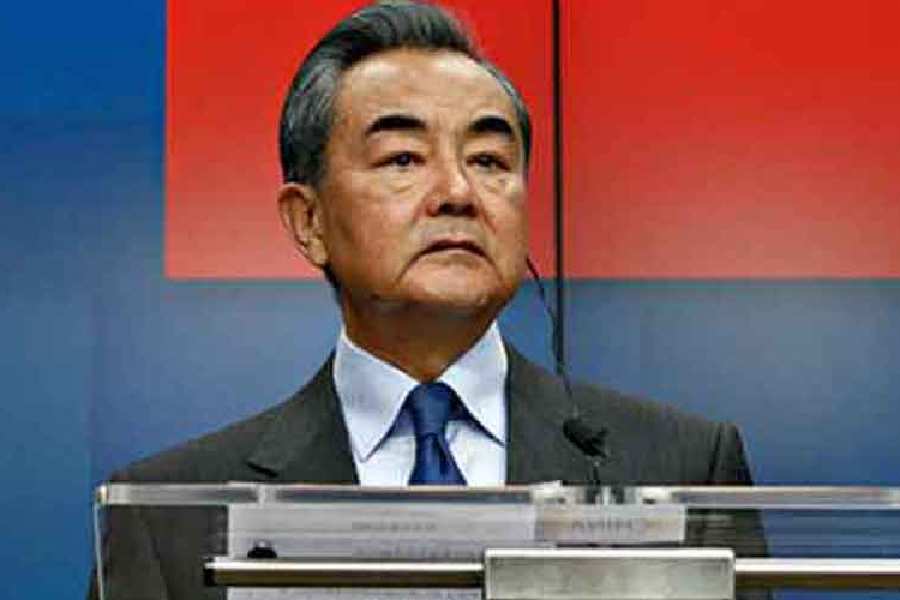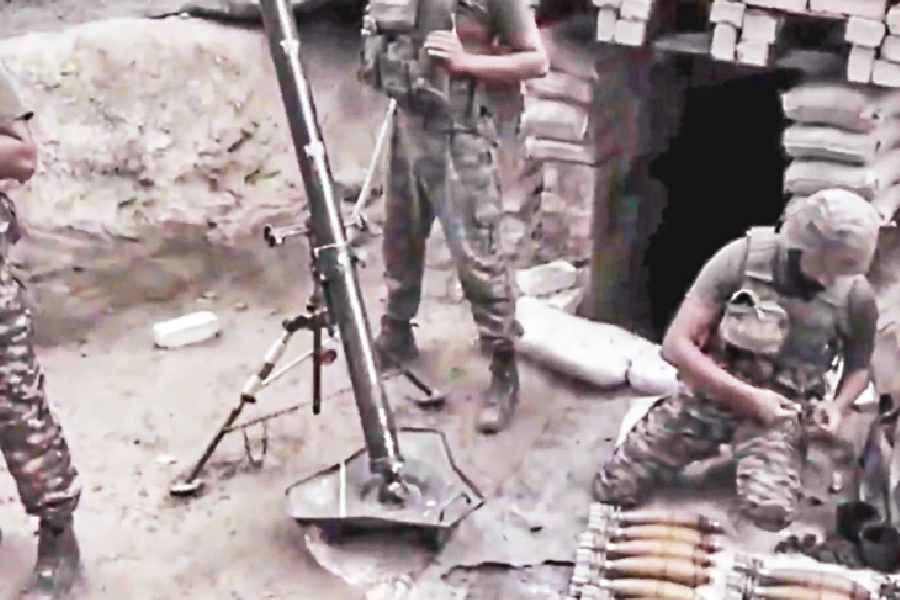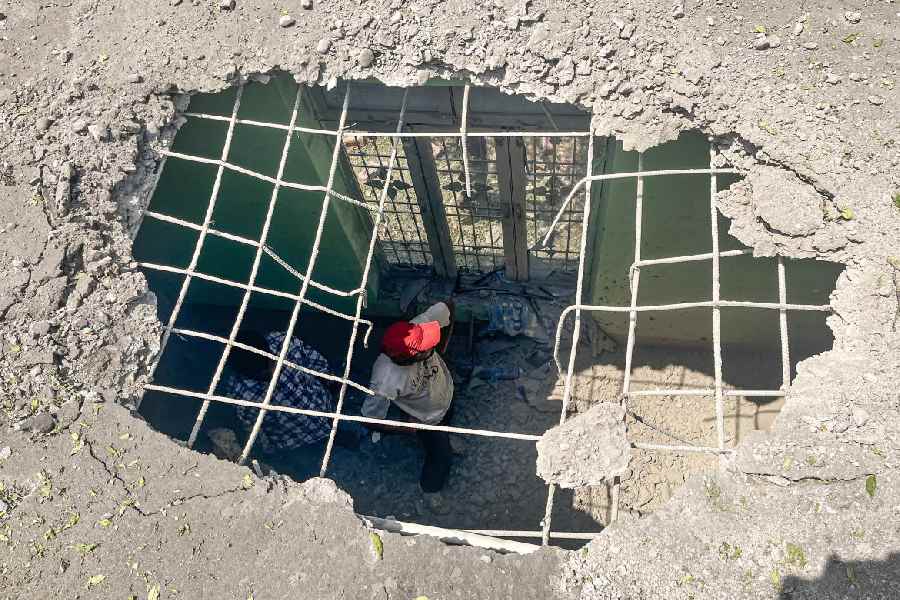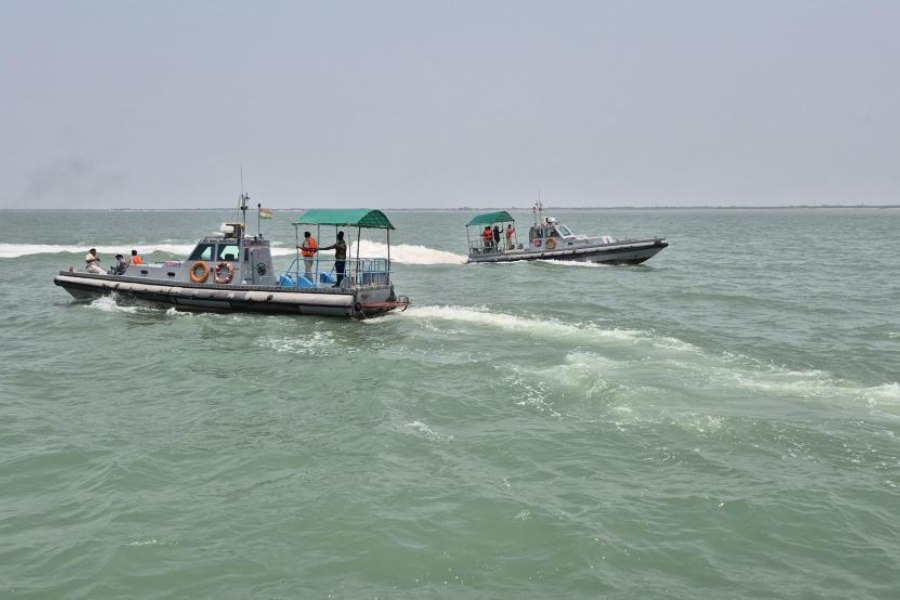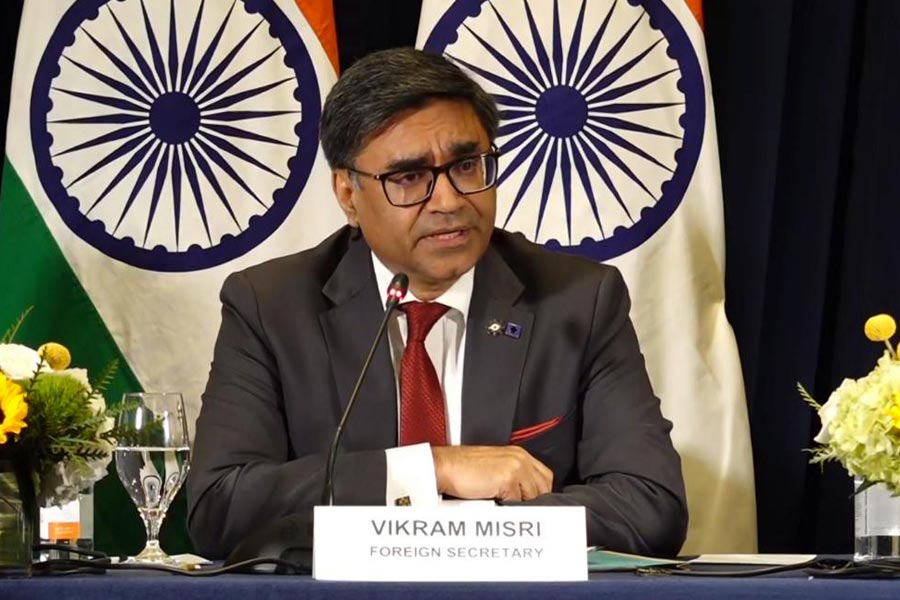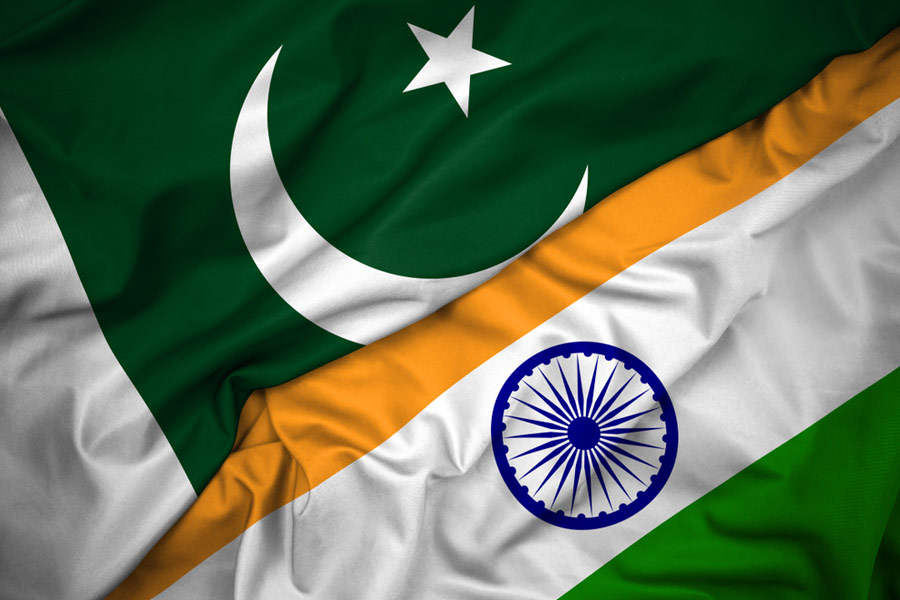
Hardik Patel was always in a hurry. He was 19 - reed-thin and soft spoken - when he went up to Lalji D. Patel, the head of the Sardar Patel Group (SPG), a state-wide youth organisation, in 2012. Patel, along with a few men walked into his office in Mehsana in north Gujarat with a request. He wanted to open an SPG branch at Viramgam, his hometown.
"At our very first meeting, he was talking about how SPG should be taken to all parts of the country. He was also eager that we should expand online and reach more people. He roars on the stage now. But he was very different then," Lalji Patel says.
The enthusiastic teenager was made the president of the Viramgam branch, 60 kilometres from Ahmedabad. But Lalji never imagined that within three years Patel would take Gujarat by storm with his demand for reservation in government jobs for Patidar youth.
Even less than a year ago, Patel, 22, was content visiting educational institutions in Viramgam and adjoining areas, seeking admission for students from his community, the Patidars (most Patidars use Patel as a title) and taking part in community activities. Among other things, as SPG's Viramgam president he campaigned against Patidar women marrying outside the community. He even led an online campaign against the "Frod Doctor" (fraud doctor) of an Ahmedabad hospital in 2014 after an alleged botched operation on a Patidar woman from Viramgam.
That was then.
Today, the skeletal remains of torched buses and cars on the roads in Ahmedabad and Surat, vandalised homes and offices of ministers and legislators, police stations and government buildings in various parts of Gujarat stand mute witness to the power that the man with the pencil-thin moustache wields.
" Aage dekhte hain kya hota hai (Let's wait and watch)," he says, with a smile. He looks tired and mutters about lack of sleep. But the fatigue could well be because he is constantly changing locations. He fears the police will arrest him on charges of instigating the large-scale violence that followed his brief arrest on the night of August 25. Nine people were killed in the Patidar protests.
"Our youth have suffered enough for the last 30 years. Let the government give reservations to Patidars and we will withdraw our protests," he says. "If you don't want to give reservations, remove them completely," he adds in a matter-of-fact fashion, gesturing with his hand as if wielding a sword.
His change of locations is hardly a secret, as media OB vans continue to tail him. Wherever he stays, mostly at the homes of workers of his Patidar Anamat Andolan Samiti (PAAS), enthusiastic crowds gather to catch a glimpse of him.
Patel set up PAAS sometime in June this year with the slogan "Jay Sardar, Jay Patidar". Several groups that were already active, such as the Patidar Sankalan Samiti and Patidar Arakshan Samiti, have merged with PAAS, which held its first rally in Mehsana on July 6.
On August 25, lakhs of people from the Patidar community, mostly young men, gathered as he delivered a more than an hour-long speech in Hindi, demanding that Patidar youth be given entry into Gujarat's reservation list as other backward classes (OBCs).

He claims that there were around 22 lakh people at the GMDC Ground in Ahmedabad. But the police say that the ground can't accommodate more than 4 lakh people. What the police don't deny is that the violence after Patel's arrest was unprecedented.
And, for the Gujarat government, it was unexpected as well. When PAAS first started organising its protest meets, it was largely seen as a group of agitating youngsters. But the government should have seen the signs - large demonstrations had already been held in Patidar strongholds such as Mehsana, Banaskantha and Surat. Those proved to be trailers to the August 25 showdown.
The arc lights are now on Patel, who was barely known outside his state till just a few weeks ago. Belonging to the Kadava sub-community within the Patels, considered the second most powerful section after the Leuvas, his rise has been spectacular.
His father, mother and younger sister live in Viramgam in an apartment complex consisting only of Kadava Patels. The elder Patel, Bharathbhai, is a former railway contractor who is said to have been blacklisted by the Western Railway division of Indian Railways after his company violated the terms of a business order.
Patel went back to his hometown after completing his BCom from Ahmedabad's Shree Sahajanand Arts and Commerce College and assisted his father in his water pump business. And he worked hard for the SPG.
"You should credit us with giving him a platform," Lalji Patel says wryly. The SPG and PAAS split after Hardik Patel attacked the Bharatiya Janata Party (BJP), which didn't go well with several community leaders in the BJP.
"He is a strange combination of Raj Thackeray and Arvind Kejriwal. You talk to him for some time and you realise that he is not clear about many things. He also contradicts himself. He has organisational skills but whether he will last is a question nobody can answer," says Ahmedabad-based political analyst and journalist Sudhir Raval.
He could be following in the footsteps of Kejriwal in at least one way - the effective use of social and traditional media to spread his message. The Gujarat government was so wary of the use of Facebook, Twitter and WhatsApp by PAAS to mobilise the youth that it shut down Internet services soon after the protests spread in Gujarat.
"He has captured the imagination of the Patidars and he is truly the hriday samrat - king of hearts. He united both Leuva and Kadava Patels like never before. We will fight until we get reservation or we will ensure that there is a level playing field for everybody," one of Patel's close associates, Dinesh Patel, says.
Many suspect that there can be a larger game plan behind the agitation - and that is to abolish reservations in the state. The Patels are a powerful and well-established community, and quotas for them seem unlikely.
"They are everywhere. The chief minister is a Patel, the state BJP president is a Patel, industrialists are Patels. How can they claim backward reservation," asks Alpesh Thakor, a 39-year-old former Congress worker and now the convener of the Kshatriya Thakor Sena, a social organisation of the backward but powerful Thakor caste.
Even the Patidars, Thakor holds, know that they cannot demand quotas. "But they want to put so much pressure on the government that it will be ready to look into the whole concept," Thakor holds.
Currently, 40 of the 120 BJP MLAs in the Gujarat Assembly are Patels, seven of them ministers. Five of the 26 MPs in Lok Sabha are Patels, who constitute around 15 per cent of the total Gujarat population of 6 crore.
Traditionally a farming community, the Patidars benefited from cash crops and the milk revolution in Gujarat. But changes have come about in recent years. The young are not interested in agriculture and a decline in manufacturing opportunities has affected the many micro, small and medium enterprises run by Patels.
Jobs are scarce, the Patels hold. Young community members from north Gujarat also find it difficult to get admission to good government-run higher educational institutions; many cannot afford the high fees of private institutions.
"The upward social mobility of the Anjana Chaudhary Patels may also have resulted in some heartburn," political analyst and social activist Achyut Yagnik points out. A Patidar sub-caste, the Anjana Chaudhary Patels get OBC reservation. With the bulk of jobs at lower levels such as those of teachers, constables and patwaris going to other castes, the Patels could be feeling the pinch.
In many ways, the agitation marks the unravelling of the "Gujarat Model", says Manishi Jani, who led the student-driven Navnirman movement in Gujarat in 1974. "Big industry doesn't solve problems, nor does neglect of agriculture," Jani says.
But Jani doesn't see much of a future for the latest stir. "This agitation is not inclusive; it lacks depth and a strong narrative. In order to keep the movement in the news, people will get aggressive as happened during the movements against reservations in 1981 and 1985 in Gujarat. This will result in caste tensions, violence and death," Jani predicts.
A theory gaining ground is that behind Patel are BJP factions opposed to Gujarat chief minister Anandiben Patel. "She was an excellent No. 2 to Narendra Modi, but as No. 1 she has shown many chinks in her armour. She is a very hardworking chief minister, but she is not shrewd and some Patidar leaders might be sending a message to the party that the CM's time is up," Raval says.
A BJP leader points out that money is flowing in. "Lakhs of food packets and water pouches were distributed to the protestors. Nobody is in any doubt that powerful forces are behind the movement and Hardik could very well be a pawn," he says.
What's clear, though, is that the fissures in the party are deepening. "The Patels were the backbone of BJP. The backbone may be getting brittle now," Yagnik says.
So is Hardik Patel getting ready to snap the backbone?
Patel says that he sees politicians as bhakshaks (exploiters). "My focus is only on the Patidar community. We want to uplift them, and I will not rest until that happens," he says.
In other words, this is the beginning of more trouble in Gujarat.


